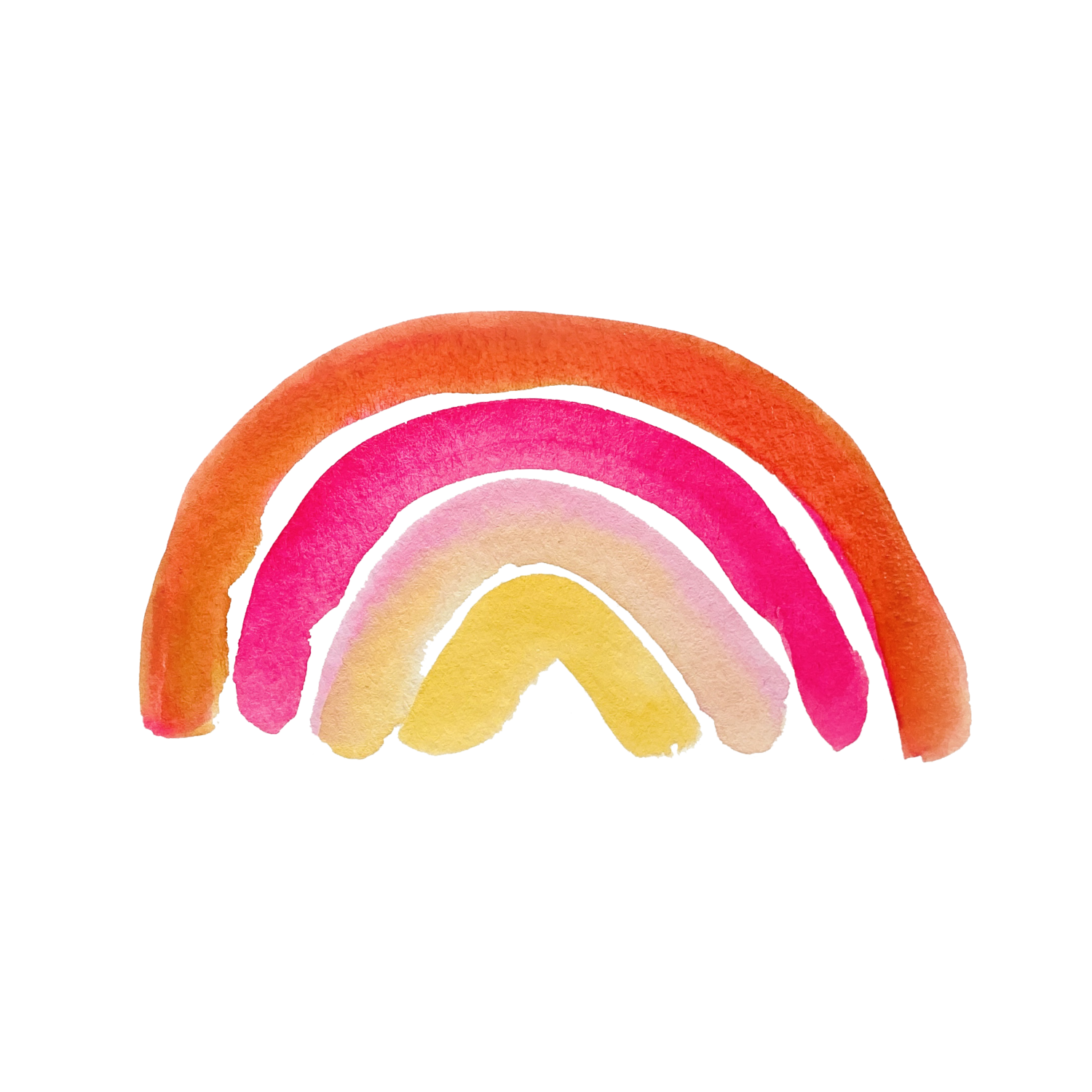A Guide to Watercolor Paint
Picking your first type of paints can be exciting and overwhelming. Watercolor paints come in many different forms, shapes, and sizes. Watercolors come in professional grade, student grade, and paints intended for younger painters. Some artists even create their own paints. I show you how to do that in another post in case that is something you’re interested in.
The most common forms of watercolor paints come in pans or tubes. My favorite type of paints come in tubes. Everyone will have a difference preference for the type of paints they use including the brand you buy.
Watercolor Pans
Watercolors that come in pans or also called trays are dry paints. They can be reactivated with water easily. You can spray the paints with a water bottle or wet your brush and use your brush to moisten the paints. Then you transfer the color to a palette.
Watercolor paint pans can be fun to use when painting plein air subjects.
Watercolor Tubes
Watercolor tubes hold liquid watercolors ready for mixing on a tray. These happen to be my favorite type of paints. I like that they are already activated when I squeeze them from the tube. I feel like when I use the paints from the tube I can get a smoother consistency with the paint, then from a pan. However, it’s all just a preference. I also like that I don’t have to move color from a pan to a tray, and that I can just mix the paint from the tube where ever I squeeze it out of the tube.
How Watercolor Paints Work
Watercolors require very little work to clean up after. This adds to their popularity. Since oil painting can take a lot of clean up and preparation, watercolors provide a great alternative for plein air painting. Watercolor paints simply require water to activate them. Mixing colors just involves activating two different colors and then combining them on your palette. You can create any combination of colors you prefer.
Watercolor artists build up paintings through layers. There are several basic techniques for creating a painting. These consist of wet in wet, wet on dry, and glazing.
The swatch test below shows how the amount of water in your brush can vary how saturated the pigment is on paper. If you’d like to learn more about mastering the basic techniques for watercolor painting, then head over here to sign up for my course.
The general idea for watercolors is the more water you mix with your pigments on the palette, the lighter the color you will have on the paper. This is called transparency. All paints have different degrees of transparency and they’re listed on the tube. Some will say semi transparent, opaque, or transparent. What that means is that some paints will stain the paper more, others will be very watery, and some will create a thick layer of paint over the paper that isn’t easy to see through. Paint is such a large topic to discuss that I’ll be adding an in depth article about watercolor paint in an upcoming article.
White Watercolors
White watercolor paints are less popular among watercolorists. The reason? Watercolor artists don’t often use them. It can feel like cheating at times, and artists feel like using water is just as effective. However, using white watercolors can come in handy when you’re trying to achieve a particular effect such as the milky colors of a cloud, or a desired effect on a botanical painting. I write an entire article here about why white watercolor paints are less popular and how to use them. I also have a Youtube video demonstrating how you can use them.
Free Practice Worksheets
If you’ve got the jitters about watercolor painting, you can pick up my starter kit. It goes along with the beginners course. I walk you through all of the basics of painting from start to finish.
My course includes everything you need to know to build confidence and foundational skills. I’m also adding onto the course 42-days of painting prompts designed for mastery. You’ll pick a single subject to master painting by the end of the course. If you’d like to know more about this, sign up for my email newsletter. You’ll receive a free coloring book sheet and practice worksheet.





